from 0 review
4 Days / 3 Nights
Guided Safari Tour
Tiger
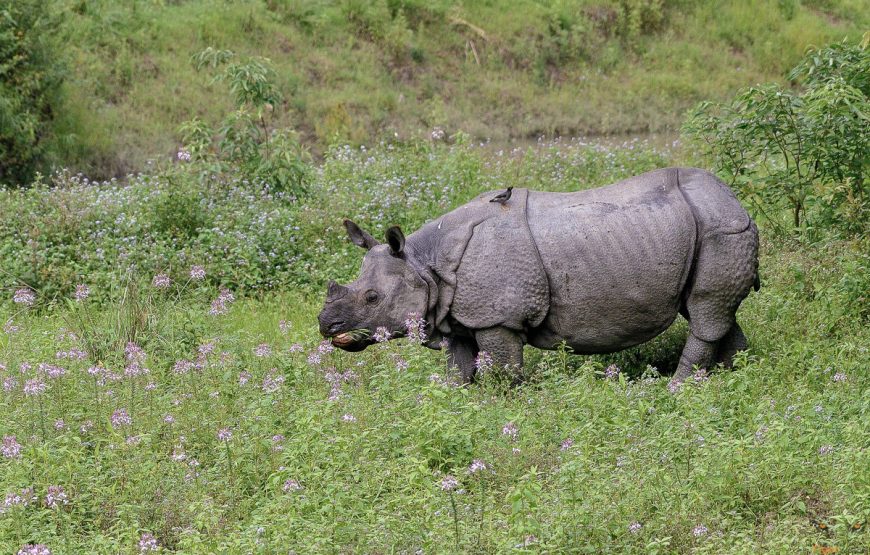
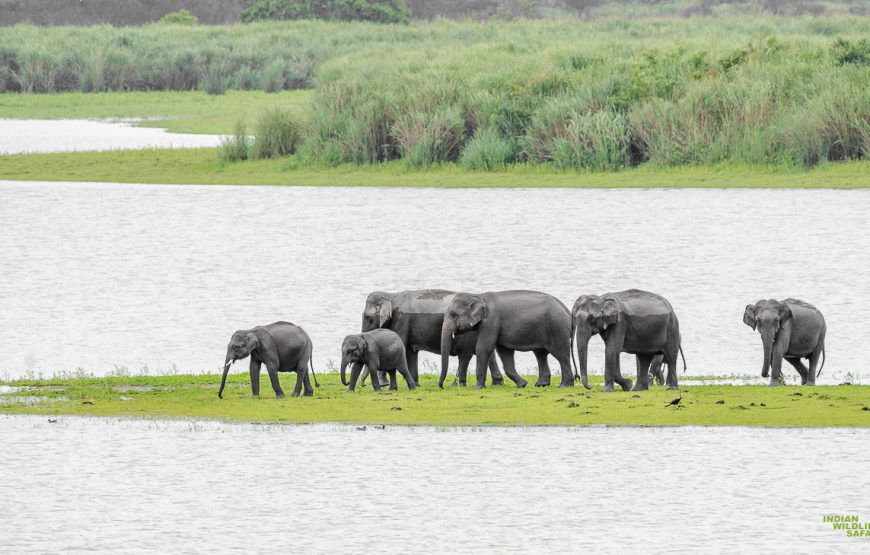
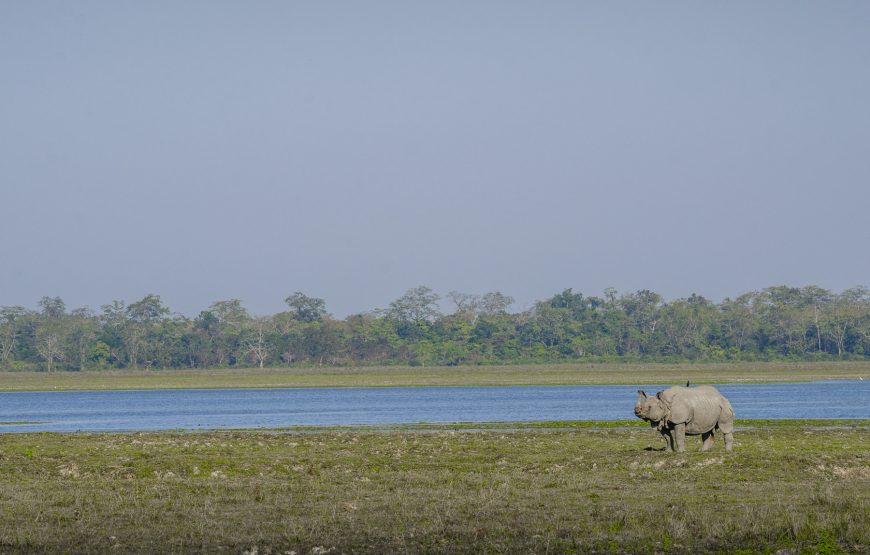
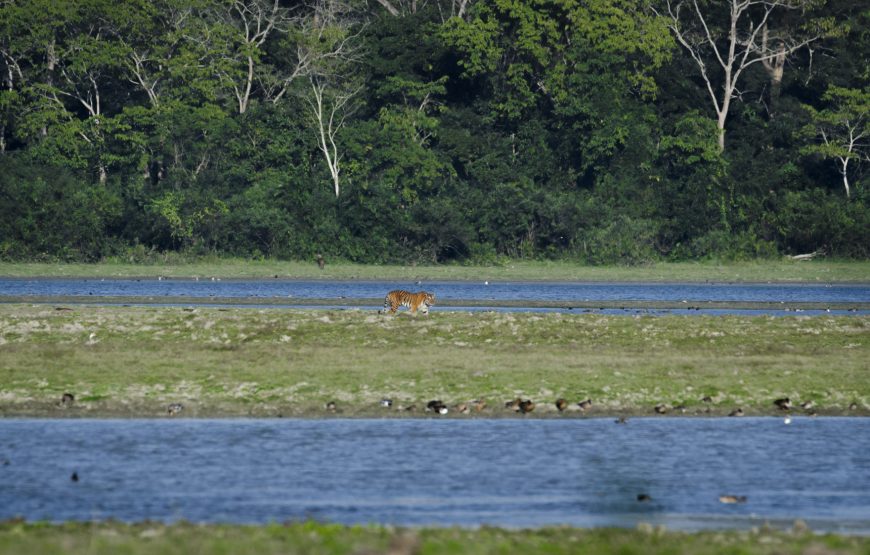
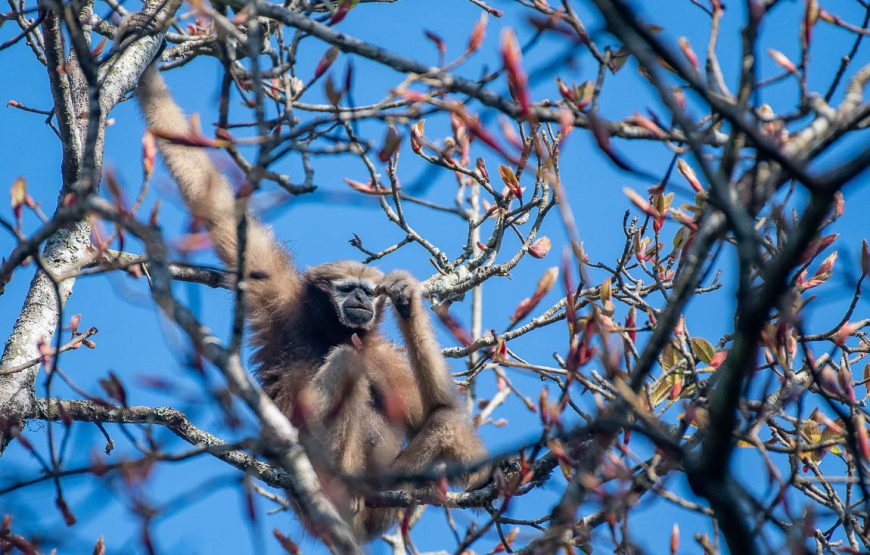
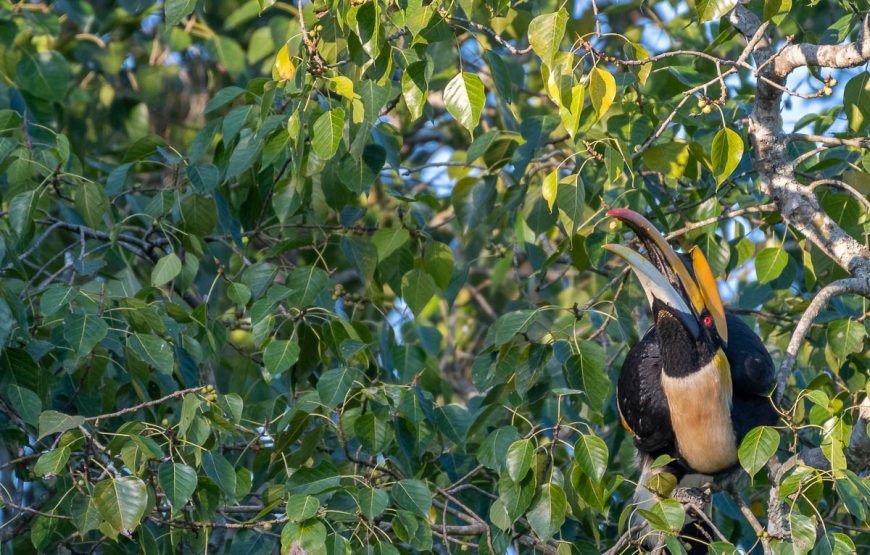
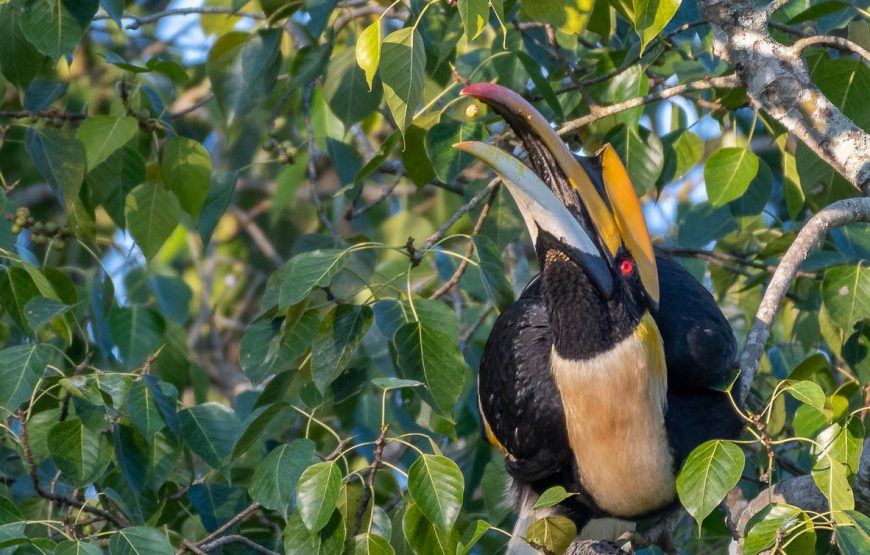
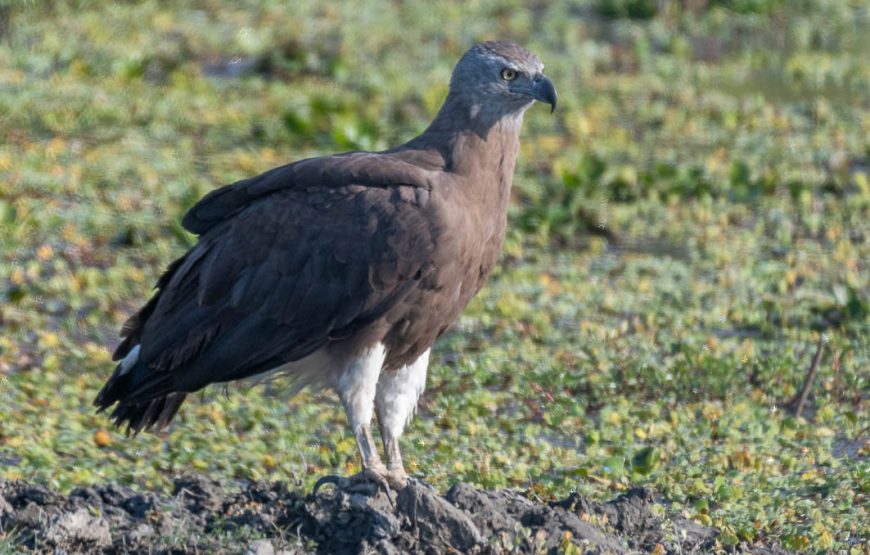
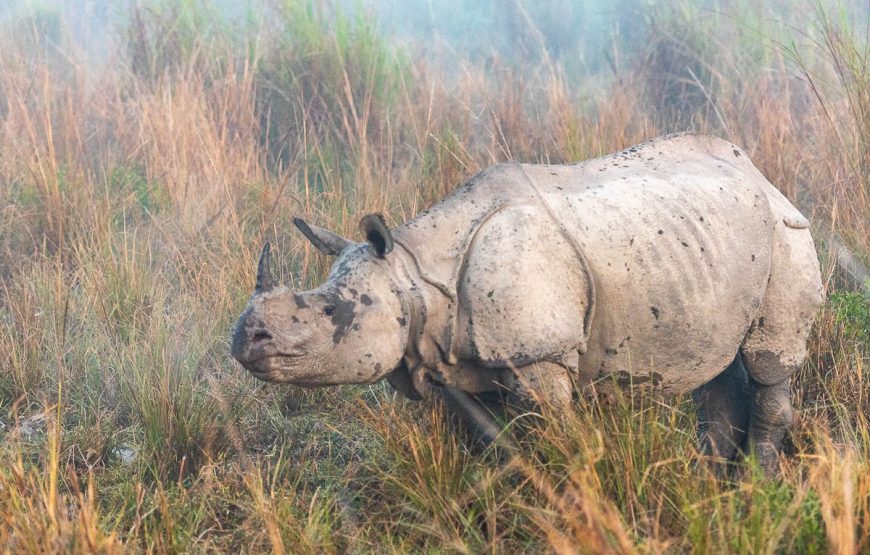
Kaziranga National Park, which lies in the flood plains of the Brahmaputra River in Assam, is the single largest undisturbed and representative area in the Brahmaputra Valley floodplain. The fluctuations of the Brahmaputra River result in spectacular examples of riverine and fluvial processes in this vast area of wet alluvial tall grassland interspersed with numerous broad shallow pools fringed with reeds and patches of deciduous to semi-evergreen woodlands. Kaziranga is regarded as one of the finest wildlife refuges in the world. The park’s contribution in saving the Indian one-horned rhinoceros from the brink of extinction at the turn of the 20th century to harbouring the single largest population of this species is a spectacular conservation achievement.
The Kaziranga National Park has often been compared to African parks because of the quality of wildlife viewing. On account of its large “big five mammals”, Indian Rhinocerous, Asian Elephant, Wild Water Buffalo, Bengal Tiger and Swamp Deer populations, Kaziranga is often referred to as the ‘Serengity of India’.
The riverine habitat is dominated by tall dense grasslands interspersed with tropical wet evergreen forests, tropical semi-evergreen forests, interconnecting streams and numerous small lakes or bheels with the Eastern Himalayas in the background.